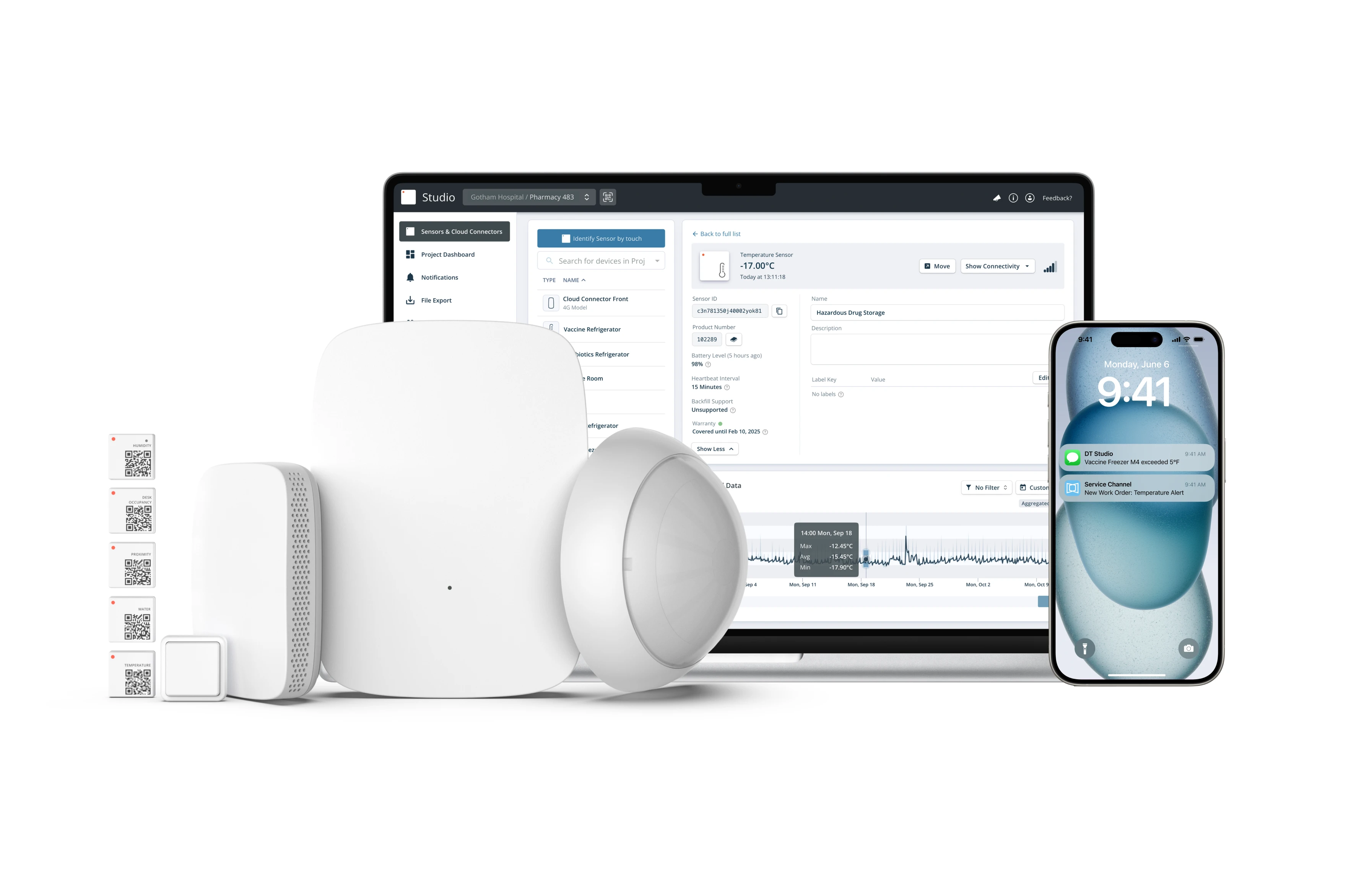Understanding the Way We Work(ed) in 2023

The world of work has witnessed a dramatic transformation. Over three years have passed since hundreds of millions got their first taste of working from home. Even though most things are back to how they were before the pandemic, how we work is still a hot topic that continues to evolve.
Structured hybrid working models—where companies establish specific expectations for when employees work from an office—are gaining traction. In the last three months, major companies changed their office requirements, with industry leaders like Disney and Starbucks ordering people back to the office three to four days a week.
Large tech companies, traditionally the most flexible in allowing employees to work from home, are also working to bring people back into the office. Amazon, Google, and Apple have all stated their intention to change their flexible work policies and have employees in the office for at least half the week. Salesforce CEO Marc Benioff caused controversy when Leaked messages revealed similar plans.
So, is remote work going away and working full time in the office becoming the norm again?
How Do You Work?
We asked our network of professionals, most of whom work in the knowledge-based economy, about how they work, and they chose from the following selection:
Full-time in the office: Required to work from the office most days
Structured Hybrid: Required to work a minimum number of days per week in the office
Remote by choice: Can choose if or when they work from the office
Fully remote: Work for companies that do not have office space or allow full-time remote working
Key Findings
The “Remote by choice” model is the most prevalent.
The majority of respondents can choose if and when they work from the office, particularly in the Professional Services sector, where 47% of respondents chose this category.
Professional Services and Tech companies offer the most flexibility.
Those working in Tech responded with “remote by choice” at the same rate as “minimum & specific days/week in the office,” indicating that the Tech industry is beginning to embrace the Structured Hybrid model.
Large companies are the biggest movers to Structured Hybrid models.
75% of respondents working for the largest companies work according to a specific schedule, for example, Tuesdays, Wednesdays, and Thursdays at the office.
The Financial Services and Public Services sectors maintain requirements for full-time in the office.
Most respondents working in the Financial Services sector and half in the Public Services sector adhere to their company requirements of working most days in the office.
How Do Our Findings Compare?
According to The Flex Report, the share of workers in the office full-time fell to 42% in the second quarter of 2023, down from 49% in the first quarter. Meanwhile, the share of offices with hybrid work arrangements hit 30% in the second quarter, up from 20% in the previous quarter. This is consistent with our research. According to the report, 63% of companies with fewer than 500 employees offer flexible work, compared to 30% with 500–5,000 employees, which our results confirm.

Larger companies are more likely to adopt Structured Hybrid models and expect their employees to be in the office at least 2-3 days a week. Large multinationals with 50,000 or more employees expect them to work onsite at least half the time, as only 13% of organizations offer flexible work.
Technology, Media & Entertainment, and Professional Services are the most flexible industries, offering remote work opportunities. Tech is the most flexible industry, but Structured Hybrid is starting to grow as a percentage of the total, especially in larger tech companies. Amazon, Apple, Google, and Salesforce have all embraced the three-day-per-week Structured Hybrid model as their new standard.
Bottomline
With the pandemic officially over, we might have expected workers to be back in the office. But our findings suggest that companies offer high flexibility, which employees take advantage of. More comprehensive reports indicate that the share of office full-time workers is shrinking as hybrid work grows.
With the increasingly varying degrees of flexibility that companies provide, there is uncertainty about office occupancy rates, which can likewise differ significantly weekly. Understanding how and when your employees use your offices has never been more important in this landscape.
Disruptive Technologies can help companies to understand precisely how office spaces are used, for space and resource planning to cut costs and create a productive working environment.

Complete Guide to Understanding Workplace Occupancy
Content That Might Interest You
Get Started




.png)

